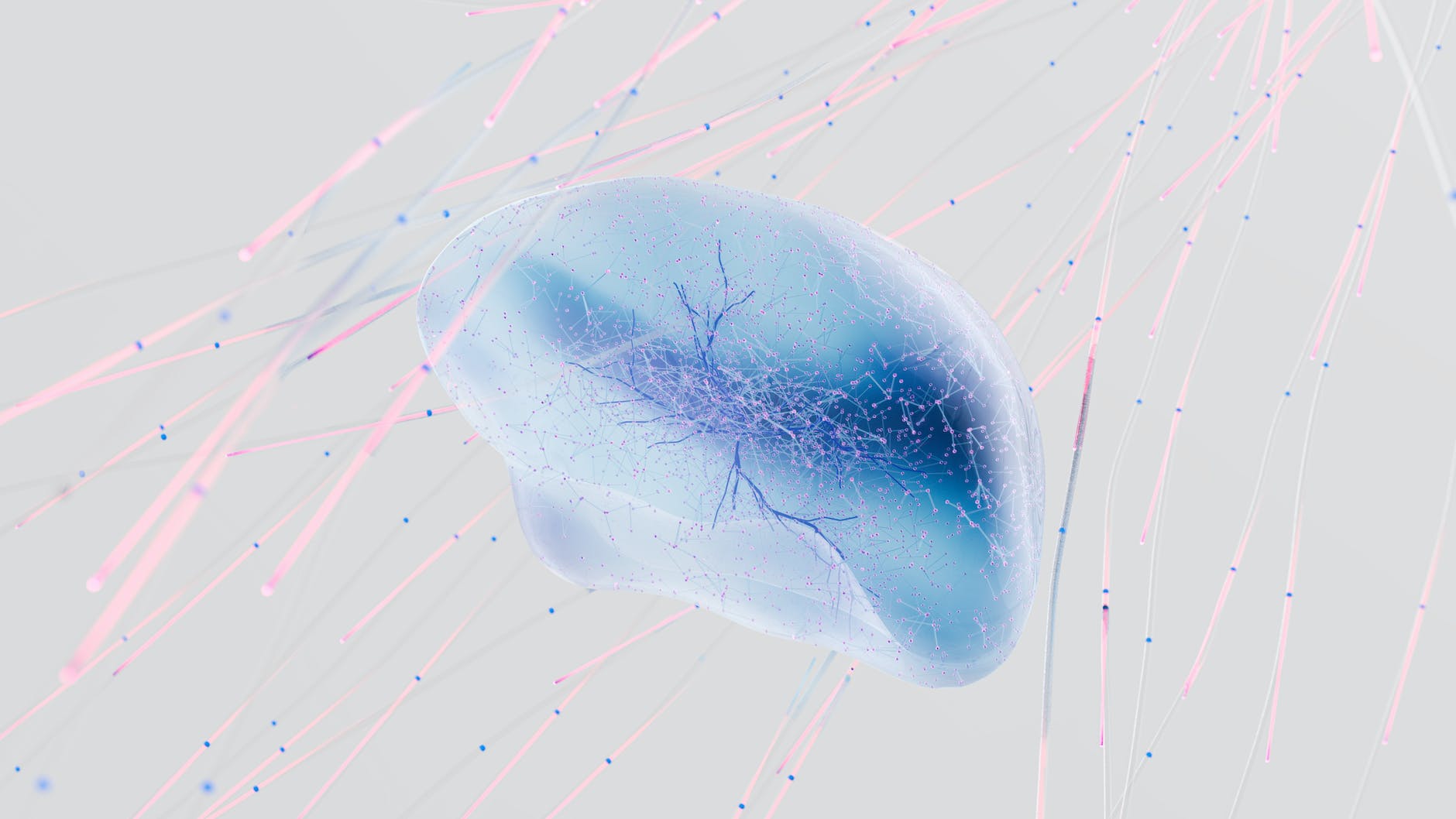The use of psychedelics has become a prominent topic in neuroscientific research, sparking a renewed interest in the exploration of their effects on the brain. Psychedelics, such as LSD, psilocybin, and mescaline, can profoundly influence thoughts, emotions, and perceptions, often triggering significant psychological insights. When examining the effects of these substances through scientific lenses like psychedelics and brain activity, one finds fascinating revelations about our mind and cognition.
Psychedelics significantly boost brain activity, with brain scan studies demonstrating a dramatic increase in the interconnectivity between brain regions that don’t typically link up. The effect is much like a large orchestra playing without a conductor, leading to new and sometimes overwhelming sensory experiences or thoughts. This enhanced connectivity has been implicated in the neural mechanisms of psychedelics, which is also believed to contribute to the altered state of consciousness typically associated with these substances.
The psychedelic-induced alterations in consciousness can manifest in numerous ways. Some users report profound spiritual experiences, dissolution of self, and feelings of deep empathy and connectedness. Conversely, others may encounter profound fear, anxiety, or confusion. These vast ranges of perceptual and cognitive phenomena have motivated scientists to delve further into the fields of brain imaging and psychedelics.
By using advanced neuroimaging techniques, researchers can observe the brain’s activity in real-time during a psychedelic experience. Interestingly, brain regions engaged in introspection and reflective thinking become more active, whilst areas associated with self-consciousness decrease their activity. These findings suggest that the neural correlates of the “ego” or “self” might be dispersed, leading to a sense of oneness or unity with the surrounding world.
On a more microscopic level, psychedelics have been found to primarily influence the serotonin receptor activation. Particularly, the serotonin 2A receptor (5-HT2A) is a crucial target, with psychedelics binding to it and instigating a complex cascade of cell-signaling events leading to altered mind states. The 5-HT2A receptor is widespread in the brain and mainly located in areas involved in cognition and perception, explaining the transformative experiences associated with psychedelics.
Moreover, a groundbreaking field of research focuses on neuroplasticity and psychedelics. Neuroplasticity refers to the brain’s ability to rewire and form new connections, which is essential for learning, memory, and recovery from brain damage. Recent research indicates that psychedelics like psilocybin and LSD induce a state similar to ‘plasticity,’ akin to the brain’s state during childhood. This potentially provides a window of opportunity for the therapeutic reprogramming of brain circuits involved in various mental health disorders, including depression, anxiety, and PTSD.
However, whilst the therapeutic potential of psychedelics is enormous, it’s essential to remember that these substances are potent and can have adverse effects. Psychedelics can lead to intense experiences that might be distressing, particularly in unsupportive environments or for individuals with a pre-existing mental health disorder. Moreover, although rare, chronic use can lead to persistent psychosis and hallucinogen persisting perception disorder (HPPD), characterized by prolonged perceptual disturbances.
In conclusion, the effects of psychedelics on the brain are vast and complex, touching on various aspects of mind and brain function. As the interest in this field continues to surge, robust, well-controlled scientific studies will help us to better understand the profound and intricate workings of our mind, from the level of cells and neurotransmitters to the grand scope of human consciousness. With careful, methodical exploration, we’re at the cusp of demystifying and harnessing the full potential of these compelling compounds.




